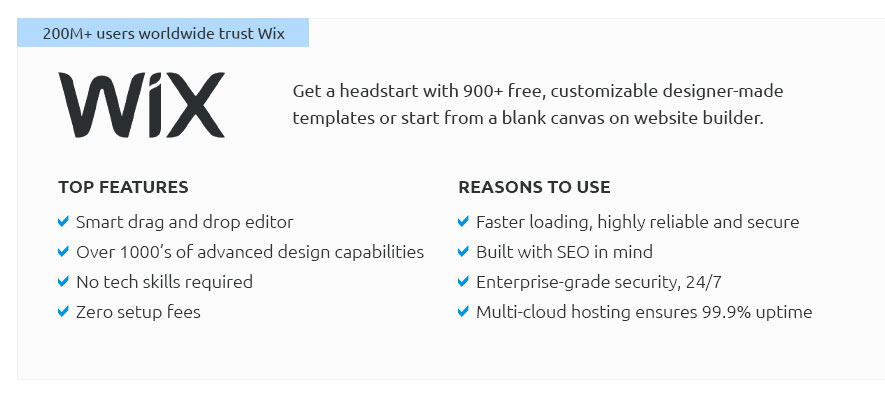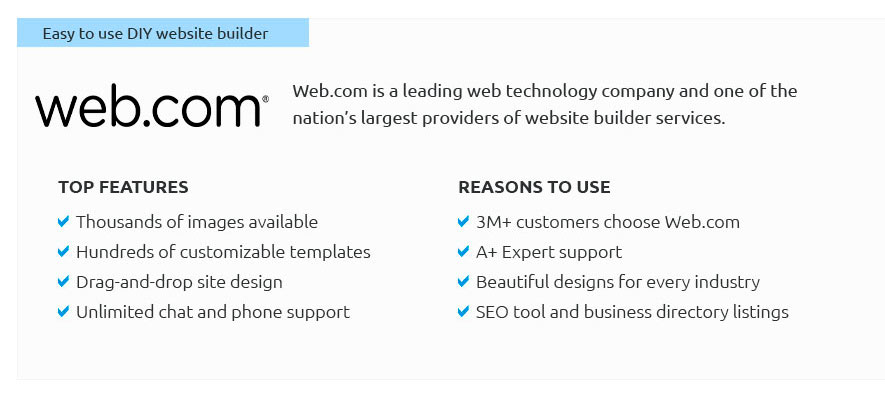 |
 |
 |
 |
|
 |
 |
 |
|
 |
|
 |
 |
|
 |
|
 |
|
 |
 |
Exploring the Quickest Way to Make a WebsiteIn today's digital age, establishing an online presence is not just a necessity but a strategic advantage, and for those who find themselves pressed for time, the question often arises: What is the quickest way to make a website? With myriad tools and platforms at one's disposal, the task may seem daunting at first, yet with a structured approach, it becomes remarkably straightforward. First and foremost, consider your specific needs and goals; are you looking to create a personal blog, a portfolio, or a full-fledged business site? Each type demands a slightly different approach, yet all can benefit from the foundational steps outlined here. Choose the Right Platform: Arguably, the most pivotal decision is selecting the appropriate website-building platform. WordPress.com is a popular choice for its versatility and extensive plugin library, while Wix and Squarespace offer intuitive drag-and-drop interfaces ideal for beginners. For e-commerce, platforms like Shopify or BigCommerce are specifically tailored to streamline online store creation. Utilize Templates and Themes: Once a platform is chosen, the next step involves selecting a template or theme that aligns with your brand's aesthetic and functional requirements. Modern platforms provide a plethora of professionally designed templates, which can be customized to varying degrees without delving into the complexities of coding. The use of pre-designed elements can significantly cut down the time spent on design, enabling a quicker launch. Streamlined Content Creation: The creation of content need not be a bottleneck. Start by outlining your key pages, such as the homepage, about page, and contact page. Utilizing clear, concise language and engaging visuals will not only expedite the process but enhance user engagement. Remember, the goal is not just speed but effectiveness in communication. Leverage No-Code Tools: In recent years, no-code tools have revolutionized the speed at which websites can be developed. Platforms like Webflow and Bubble allow users to create complex, dynamic sites without writing a single line of code, making them invaluable for those who wish to bypass traditional development timelines. Optimize for SEO: While speed is essential, ensuring that your site is optimized for search engines is equally crucial. Simple measures, such as using descriptive headings, optimizing image alt texts, and integrating keywords strategically, can significantly improve your site's visibility. Many platforms offer built-in SEO tools that guide you through this process seamlessly. Ensure Responsiveness: In an era where mobile browsing is prevalent, ensuring that your website is responsive and functions smoothly across various devices is non-negotiable. Most modern platforms automatically generate mobile-friendly versions of your site, but it's wise to manually verify that each element displays correctly.
In conclusion, while the process of creating a website quickly involves several steps, it is far from insurmountable. By leveraging modern tools and adopting a methodical approach, even those with limited technical expertise can establish a professional online presence in a remarkably short timeframe. Ultimately, the key lies in balancing speed with quality, ensuring that the final product not only meets immediate needs but also lays a solid foundation for future growth. https://www.quora.com/How-do-I-build-a-website-quickly-in-a-few-days-in-any-language-1
To make a website easily, use HTML and CSS for the basic structure and styling. For added functionality, learn JavaScript. Website builders like ... https://www.savethestudent.org/make-money/how-to-start-wordpress-website.html
Choose a web host - Register a domain name - Set up hosting - Choose a theme design - Publish content - Promote your website - Monetisation ... https://www.hostgator.com/blog/make-website-quickly-guide/
Below you'll learn the exact steps you need to take to make a website in as little time as possible, even if you have no previous experience.
|